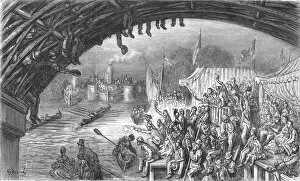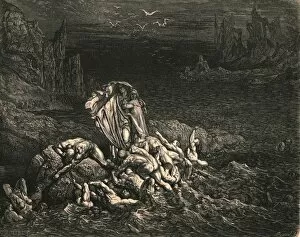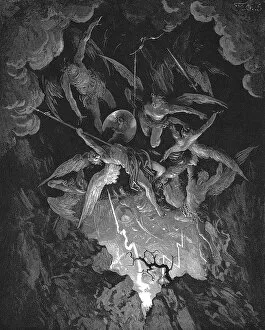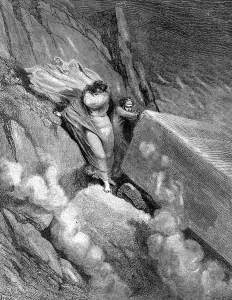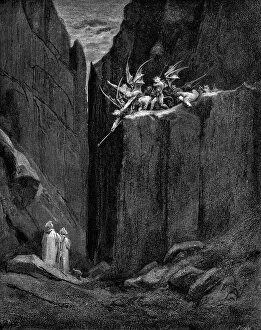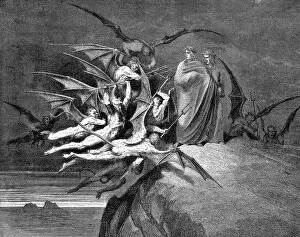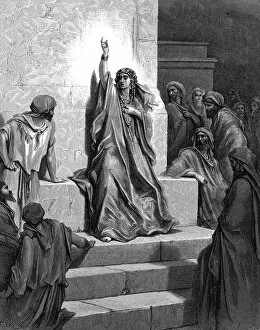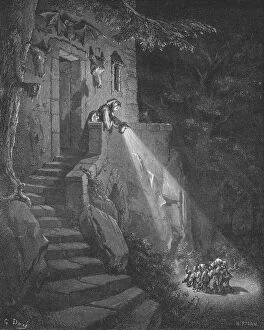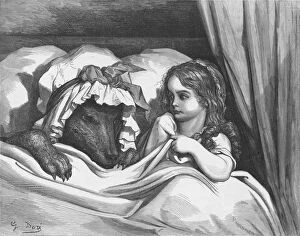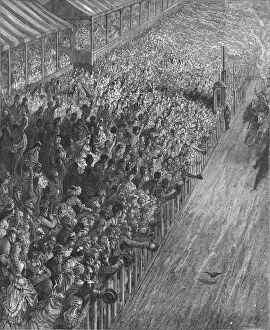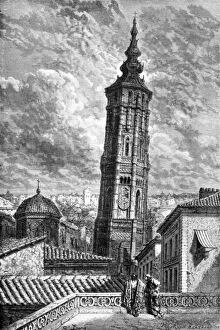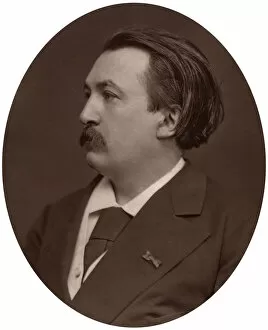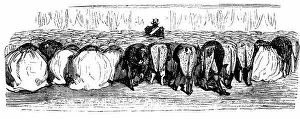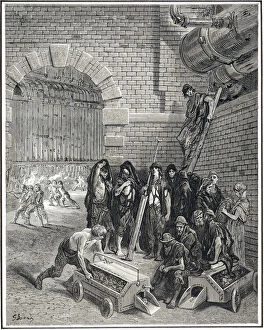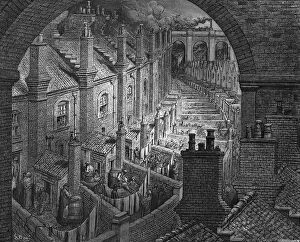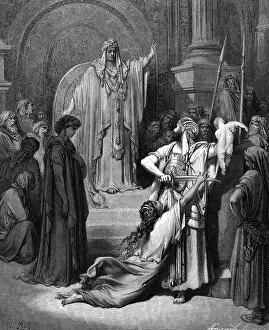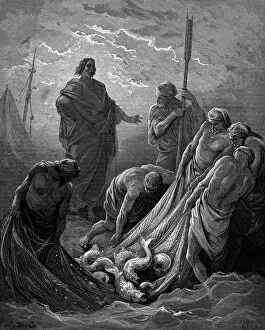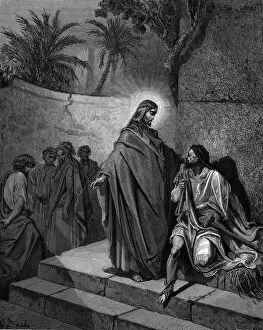Paul Gustave Collection (#7)
Paul Gustave was a renowned French artist, engraver, and illustrator who left an indelible mark on the art world
For sale as Licensed Images
Choose your image, Select your licence and Download the media
Paul Gustave was a renowned French artist, engraver, and illustrator who left an indelible mark on the art world. His works spanned various genres and themes, showcasing his immense talent and creativity. In 1872, Gustave Doré captured the essence of The Devils Acre in Westminster with his intricate illustrations. The New Zealander also came to life under his skilled hand that same year. These pieces showcased his ability to transport viewers to different times and places through his art. One of Doré's most famous works is The Last Judgement from 1865-1866. This awe-inspiring piece depicts the divine judgment upon humanity, displaying Doré's mastery of detail and composition. Similarly, Moses descending from Mount Sinai with the tablets of the law showcases his skill in capturing biblical narratives. Gustave Dore's artistic prowess extended beyond religious subjects; he also depicted urban landscapes such as Ludgate Hill in London and Limehouse Dock in 1872. Through these pieces, he showcased not only architectural details but also conveyed a sense of atmosphere unique to each location. Thence issuing we again beheld the stars is another masterpiece by Doré that transports viewers into a celestial realm filled with wonderment. In contrast, We to those beasts portrays Chiron taking an arrow forth as part of a mythological narrative - demonstrating Doré's versatility across different themes. Doré himself is immortalized in one of his own creations - Gustave Dore: French artist, engraver, and illustrator (1863). This self-portrait reflects both his dedication to craftsmanship and pride in his work. Now was the day departing captures a moment bathed in ethereal light while A Canyon takes us deep into nature's grandeur - both exemplifying Doré's ability to evoke emotions through visual storytelling. Lastly, Archangel Gabriel stands tall as an instrument of God smiting Sennacherib and the Assyrians.


